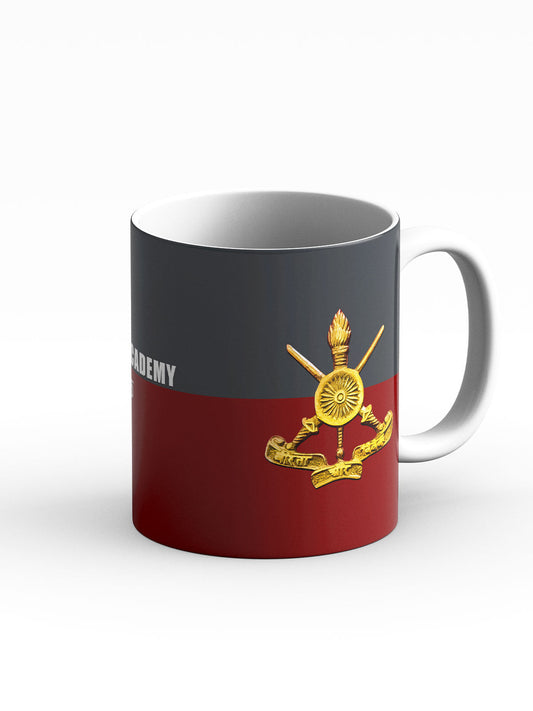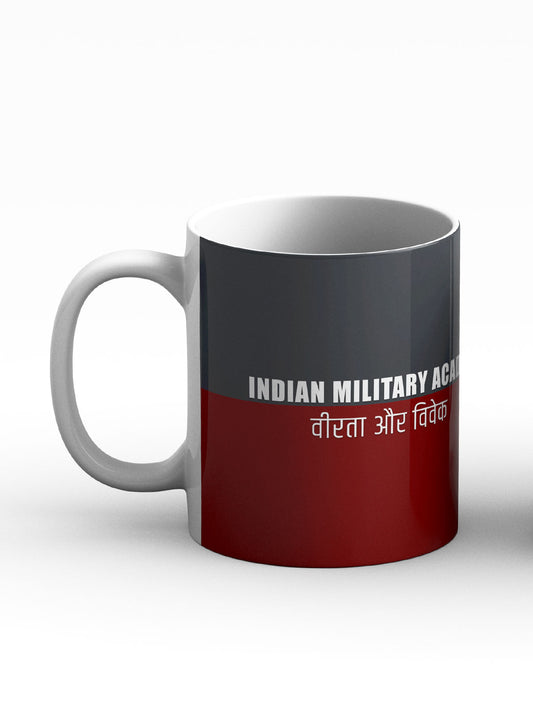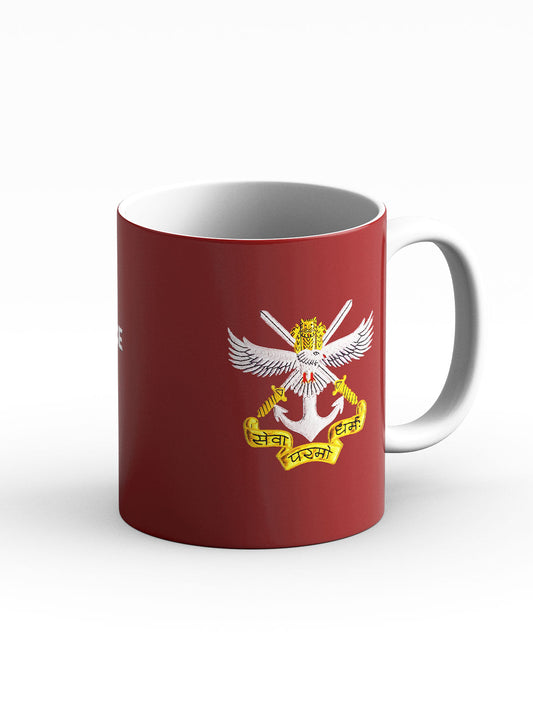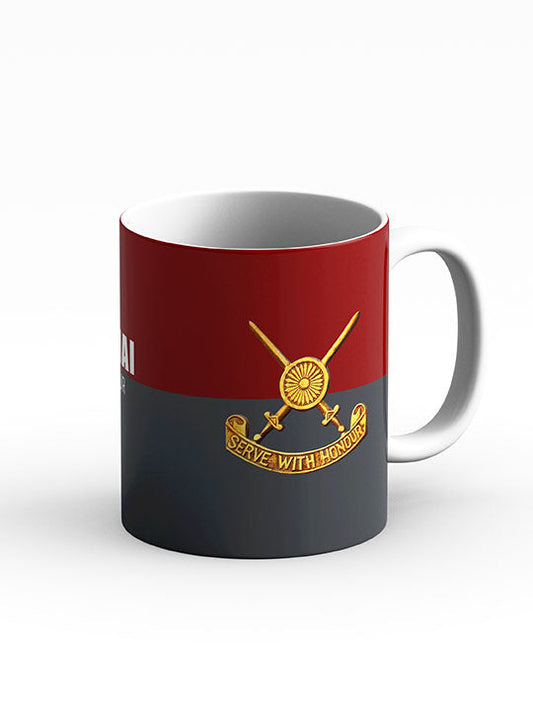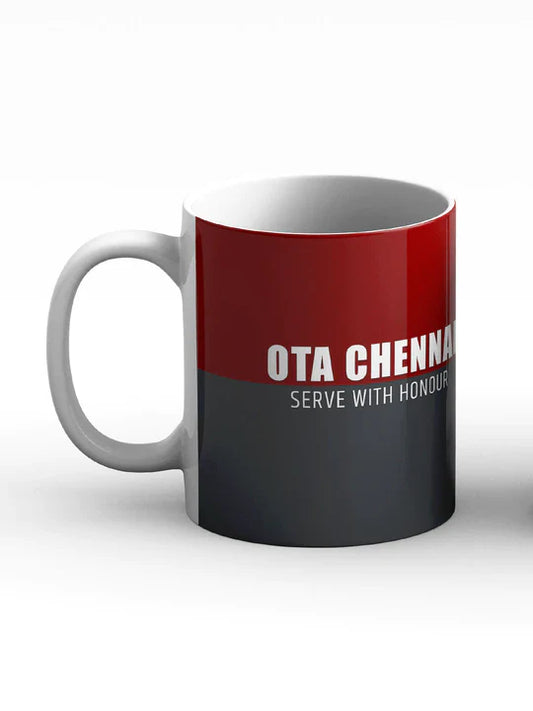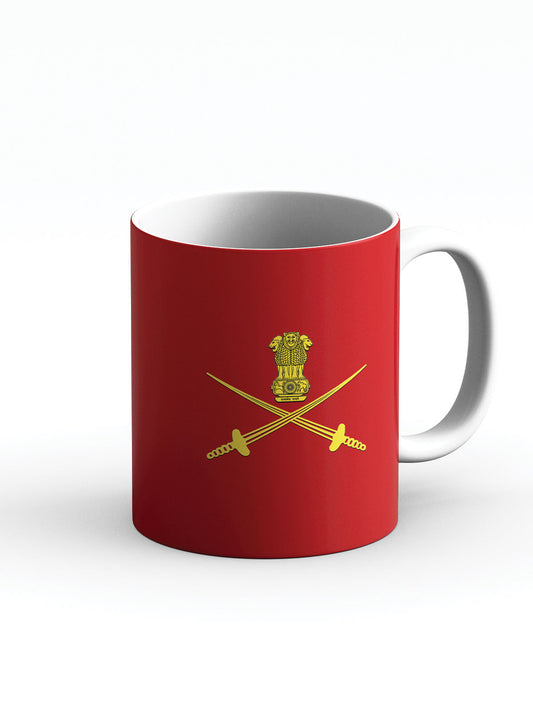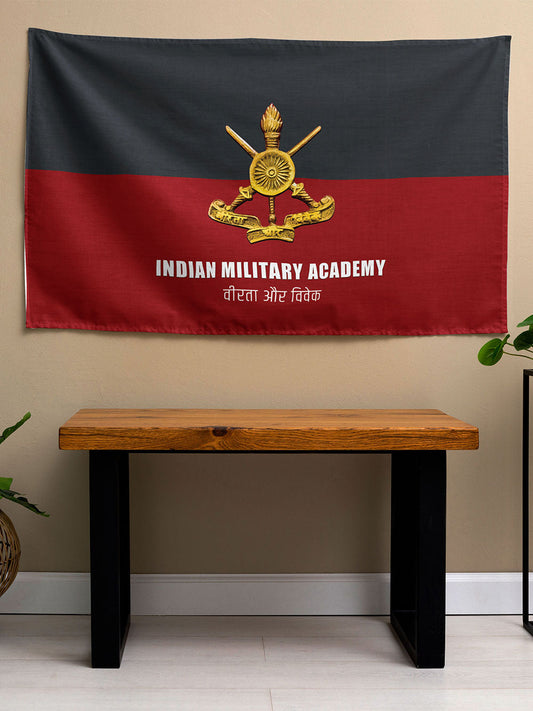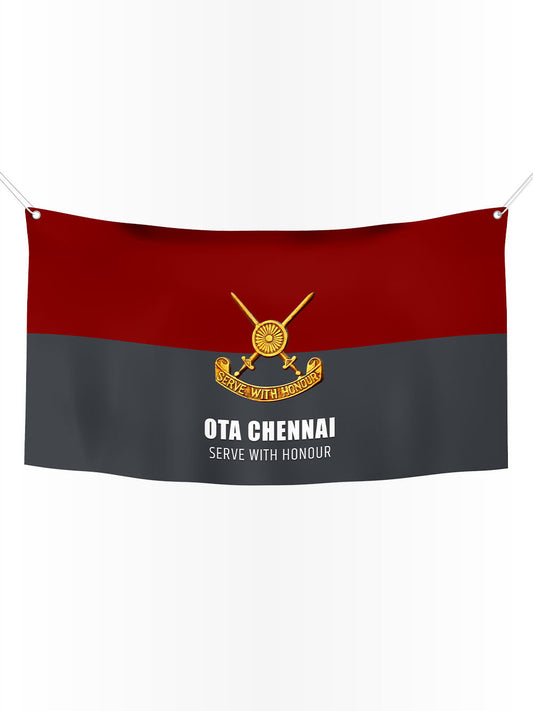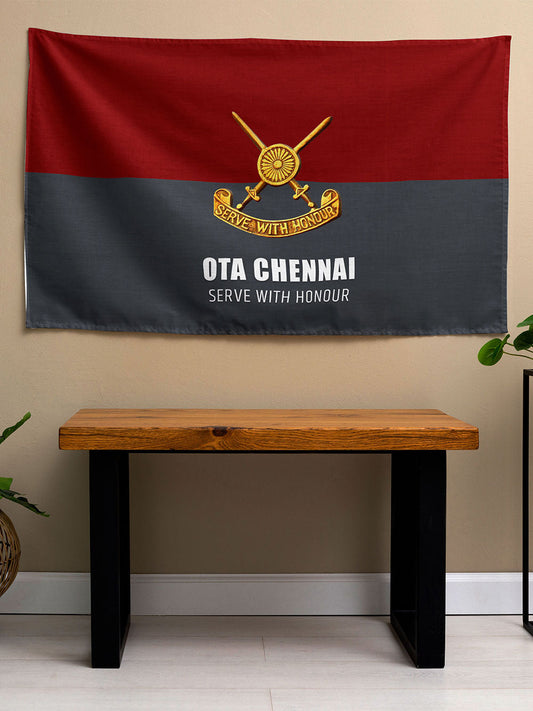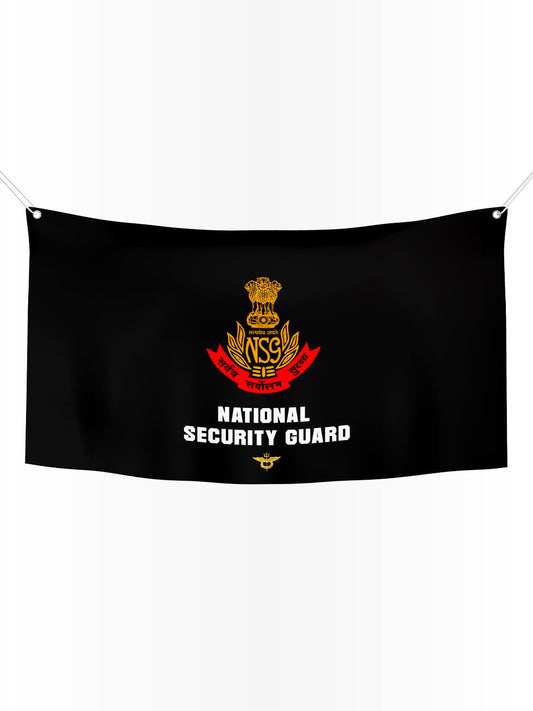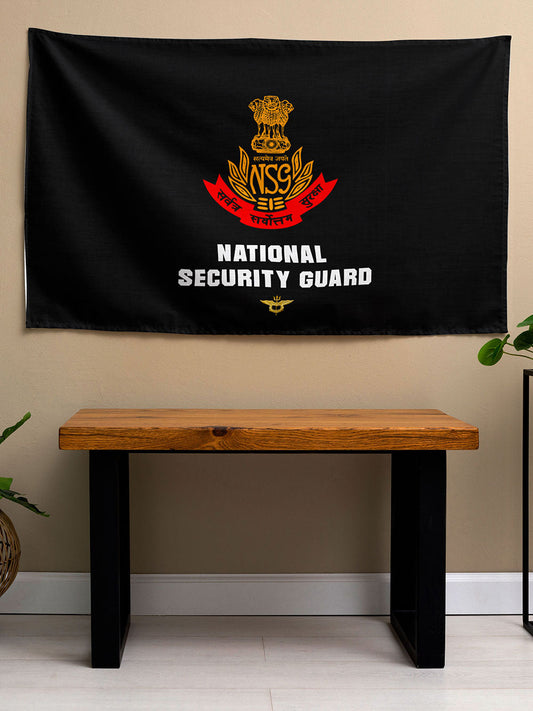Why Are the 9 Para Special Forces So Secretive? The Truth Will Shock You
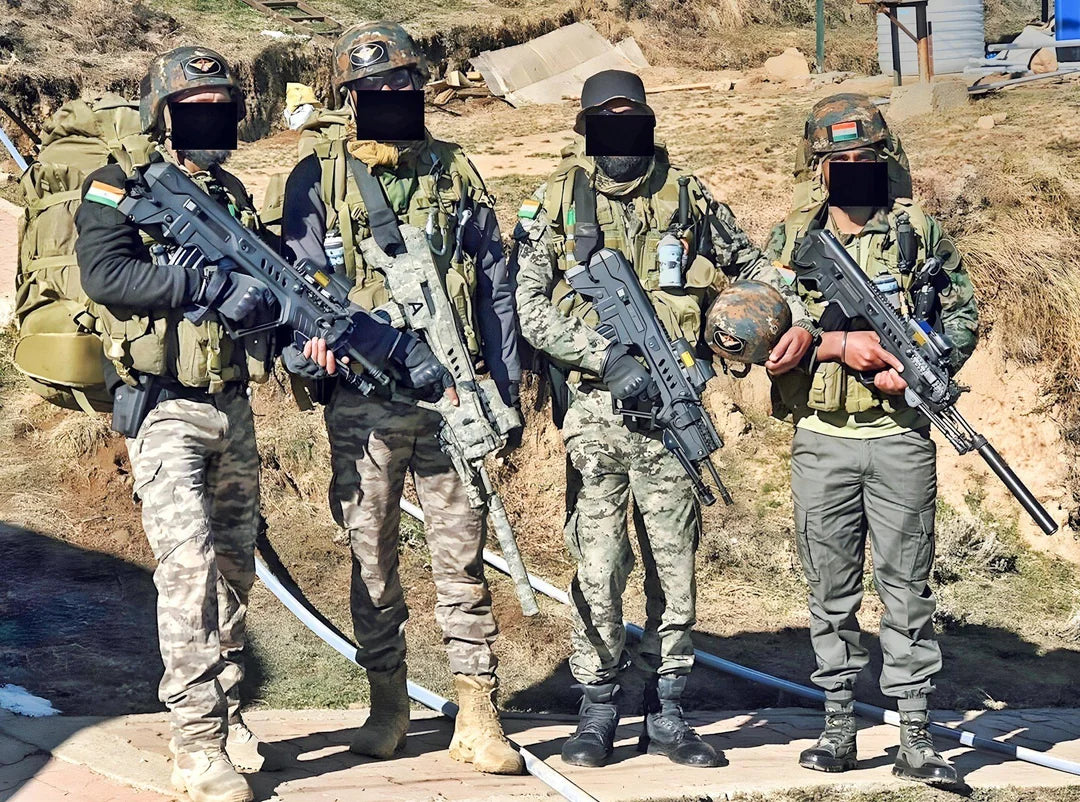
The 9 Para Special Forces (SF), often referred to as the "Ghost Operators" or "Mountain Rats," is one of the most elite and secretive units within the Indian Army’s Parachute Regiment. Established in July 1966, it holds the distinction of being the first Special Forces battalion of the Indian Armed Forces, born from the legendary Meghdoot Force that proved its mettle during the 1965 Indo-Pakistani War. Renowned for their unparalleled combat capabilities, stealth, and ability to execute high-risk missions, the 9 Para SF has earned a formidable reputation both within India and globally. This article delves into the reasons behind the unit’s secretive nature and what makes it so special, exploring its history, training, operational roles, and contributions to India’s national security as of June 17, 2025.
Historical Context and Formation
The origins of the 9 Para SF trace back to the Indo-Pakistani War of 1965, when Major (later Lieutenant Colonel) Megh Singh of the Brigade of the Guards proposed the creation of a specialized commando unit capable of conducting covert operations behind enemy lines. His vision led to the formation of the Meghdoot Force, an ad-hoc group of volunteers from various infantry units that successfully executed raids in Pakistan-occupied Kashmir (PoK), disrupting enemy operations. The success of these missions prompted the Indian Army to formalize this capability, resulting in the establishment of the 9th Battalion, Parachute Regiment (Commando) on July 1, 1966, in Gwalior, with Lt. Col. Megh Singh as its first Commanding Officer.
Initially intended to be part of the Brigade of the Guards, the unit was transferred to the Parachute Regiment due to the critical role of airborne capabilities in special operations. In 1967, the unit was split to form the 10 Para (Commando), with the 9 Para SF specializing in mountain warfare and the 10 Para SF focusing on desert warfare. By 1969, both were redesignated as Para (Commando) battalions, and in the 1990s, they became full-fledged Special Forces units. The 9 Para SF, headquartered in Udhampur, Jammu and Kashmir, has since grown into a cornerstone of India’s special operations capability, known for its secrecy and lethality.

Why Is 9 Para SF So Secretive?
The secretive nature of the 9 Para SF stems from the sensitive and high-stakes nature of their operations, which often involve covert missions, cross-border strikes, and intelligence gathering deep within hostile territory. Several factors contribute to their enigmatic status:
- Nature of Operations: The 9 Para SF specializes in unconventional warfare, including covert operations, special reconnaissance, direct action, and counter-terrorism. These missions often require operating in small teams (sometimes as few as two or three operatives) deep behind enemy lines, up to 7–50 km inside hostile territory. The need for operational security ensures that details of their missions remain classified to protect national interests and the safety of operatives. For instance, their role in the 2016 Surgical Strikes across the Line of Control (LoC) in PoK was only publicly acknowledged to send a strategic message to adversaries, but specifics remain closely guarded.
- Minimal Public Footprint: Unlike regular infantry units, the 9 Para SF operates in the shadows, with limited media exposure. As noted in sources, “9 Para SF is also called the Ghost Operators of the Indian Army due to it being highly secretive. Else, we would have a Wikipedia on their reputation and bravery since its formation.” This lack of public documentation is deliberate, as publicity could compromise their operational effectiveness and expose tactics, techniques, and procedures (TTPs).
- Independent Operations: The 9 Para SF functions with a high degree of autonomy, often operating as an independent organization within the Indian Army. This independence allows them to execute missions without extensive bureaucratic oversight, but it also necessitates secrecy to maintain operational flexibility and deniability, particularly in politically sensitive operations like cross-border strikes.
- Counter-Intelligence Measures: The unit’s secretive nature protects operatives from being targeted by adversaries or terrorist groups. By keeping their identities, training methods, and operational details classified, the Indian Army minimizes the risk of retaliation or compromise, especially in volatile regions like Jammu and Kashmir, where the 9 Para SF is permanently based.
- Psychological Advantage: The moniker “Ghost Operators” reflects the unit’s ability to strike swiftly and disappear, creating a psychological edge over enemies. Their secretive operations amplify their mystique, instilling fear in adversaries who know little about their capabilities or movements. This psychological dominance is a key aspect of their effectiveness.
What Makes 9 Para SF So Special?
The 9 Para SF’s elite status is derived from its rigorous selection, specialized training, unique operational roles, and a storied history of valor. Below are the key factors that make the unit exceptional:
1. Rigorous Selection and Training
The 9 Para SF is renowned for its grueling selection process and intensive training, designed to produce operatives capable of surviving and succeeding in the harshest conditions. Key aspects include:
- Selection Process: Volunteers from regular army units undergo a six-month probationary period for Para SF units, with an additional three months for specialized skills. The attrition rate is high, with only about 10–15% of candidates passing due to the extreme physical and mental demands, including sleep deprivation, physical exhaustion, and psychological stress.
- Training Regimen: Operatives are trained in unconventional warfare, mountain warfare, counter-insurgency, counter-terrorism, and survival skills. They learn to operate in diverse terrains (mountains, jungles, deserts), speak local languages, crawl through mud, hold their breath underwater, and survive in the wild by eating bugs or improvising tools. Specialized training includes guerrilla warfare, sabotage, and deep-penetration strikes. Training is conducted at premier institutions like the Special Forces Training School in Nahan, Commando School in Belgaum, Paratroopers Training School in Agra, and Counter-Insurgency and Jungle Warfare School in Vairengte.
- Rituals and Symbolism: The 9 Para SF has unique traditions, such as the ritual of eating glass to symbolize fearlessness and superiority. Their maroon beret, earned only when “turned red” through sacrifice, signifies their commitment to “Balidaan” (martyrdom) for the nation.
2. Specialized Roles and Capabilities
The 9 Para SF is tasked with missions that require exceptional skill and precision, setting them apart from regular infantry units. Their roles include:
- Covert Operations and Special Reconnaissance: Gathering intelligence deep within enemy territory, often in small teams, to disrupt enemy operations or provide critical data.
- Direct Action: Executing surgical strikes, raids, and sabotage missions, such as the 2016 Surgical Strikes in PoK, where 9 Para SF operatives destroyed terrorist launchpads from the Poonch sector.
- Counter-Terrorism and Counter-Insurgency: Permanently based in Jammu and Kashmir, the 9 Para SF conducts highly secretive operations along the LoC and in the Kashmir Valley, targeting insurgents and terrorists. They have been pivotal in operations like the 2015 Myanmar counter-insurgency operation and the 2016 Pampore stand-off.
- Mountain Warfare Expertise: Nicknamed “Mountain Rats,” the 9 Para SF excels in high-altitude operations, leveraging their training to navigate rugged terrains like the Himalayas, as seen in the Kargil War (1999), where they conducted raids against Pakistani positions.
- Motto and Ethos: Their motto, “Minimum Men, Maximum Impact,” reflects their ability to achieve outsized results with small teams. The war cry “Shatrujeet” (Conqueror of Enemies) embodies their determination and resilience.
3. Storied Operational History
The 9 Para SF has a legacy of daring missions that underscore their elite status:
- 1971 Indo-Pakistani War: The unit conducted the Chachro Raid, where a six-man team penetrated 240 km into Pakistan, killed 73 enemy personnel, wounded 140, and destroyed artillery and an airfield. They earned the Theatre Honour of J&K and the title “Defender of Poonch” for their role in Operation Mandhol.
- Operation Pawan (1987): Deployed in Sri Lanka against the LTTE, the 9 Para SF conducted helicopter-borne assaults and secured arms caches in Mullaittivu.
- Kargil War (1999): The unit executed raids against Pakistani infantry and special forces, contributing to India’s victory. Operatives like Major Sudhir Walia wreaked havoc, earning posthumous honors.
- 2015 Myanmar Operation: Based on precise intelligence, the 9 Para SF, alongside 21 Para SF, conducted a cross-border operation to destroy militant camps of the NSCN and KYKL, showcasing their ability to operate deep in hostile territory.
- 2016 Surgical Strikes: The 9 Para SF, alongside 4 Para SF, executed precise strikes on terrorist launchpads in PoK, earning multiple gallantry awards, including Shaurya Chakras for operatives like Major Deepak Kumar Upadhyay and Paratrooper Abdul Qayum.
4. Elite Personnel and Leadership
The 9 Para SF attracts the “best of the best,” with operatives like Lance Naik Mohan Nath Goswami, who participated in 60 missions by age 23, and heroes like Captain Tushar Mahajan and Lance Naik Om Prakash, who made ultimate sacrifices. Their leadership structure emphasizes equality and camaraderie, with NCOs trained to lead independently, a rarity in traditional military hierarchies. This fosters a unique team dynamic where officers and men operate “cheek by jowl” during missions, enhancing trust and effectiveness.
5. Global Recognition and Joint Exercises
The 9 Para SF participates in bilateral exercises like Vajra Prahar with U.S. Special Forces, INDRA with Russian Special Forces, and Khanjar with Kyrgyzstan, showcasing their interoperability and global standing. Their victory in a 2002 special forces competition in the Kalahari Desert, outperforming units like the British SAS and U.S. Green Berets, cemented their reputation as one of the world’s toughest special forces.
Challenges and Criticisms
Despite their elite status, the 9 Para SF faces challenges:
- Overuse in Tactical Roles: Critics argue that the unit is sometimes misused for tasks better suited to regular infantry or Para battalions, such as routine counter-insurgency operations, leading to higher casualties.
- Equipment Limitations: While highly skilled, the 9 Para SF lacks the advanced weaponry and equipment of Western special forces, limiting their potential lethality.
- High Casualty Rates: The unit’s high operational tempo, especially in Jammu and Kashmir, results in significant risks, as seen in encounters like the 2015 Kazi Nag operation, where operatives like Lance Naik Mohan Nath Goswami displayed extraordinary bravery but faced life-threatening conditions.
Why 9 Para SF Stands Out Among Other Para SF Units
While all Para SF battalions are elite, the 9 Para SF is distinguished by:
- Historical Legacy: As the first Special Forces unit, it set the standard for others, with a track record spanning over five decades.
- Mountain Warfare Expertise: Its specialization in high-altitude operations makes it uniquely suited for India’s northern borders, particularly in Jammu and Kashmir.
- Proven Valor: The unit’s extensive gallantry awards and battle honors, such as the Theatre Honour of J&K, highlight its unmatched contributions.
- Psychological Impact: The “Ghost Operators” nickname and their ability to strike unseen enhance their strategic value.
Conclusion
The 9 Para Special Forces is both secretive and special due to its unique combination of historical significance, rigorous training, specialized roles, and a legacy of valorous operations. Their secretive nature is a necessity, driven by the covert and high-stakes missions they undertake, from surgical strikes in PoK to counter-insurgency operations in Myanmar. Their special status is rooted in their elite training, mountain warfare expertise, and ability to achieve “maximum impact with minimum men,” as embodied in their motto. Despite challenges like equipment limitations and overuse, the 9 Para SF remains the “nucleus” of the Parachute Regiment, inspiring awe and fear as the “Ghost Operators” of the Indian Army. Their contributions to India’s security, from the 1971 war to modern counter-terrorism operations, underscore their indispensable role in safeguarding the nation.
As the Indian Army continues to evolve, the 9 Para SF will remain at the forefront, ready to execute the most daring missions with unparalleled courage and professionalism, ensuring that their legacy as the “best of the best” endures for generations to come.



